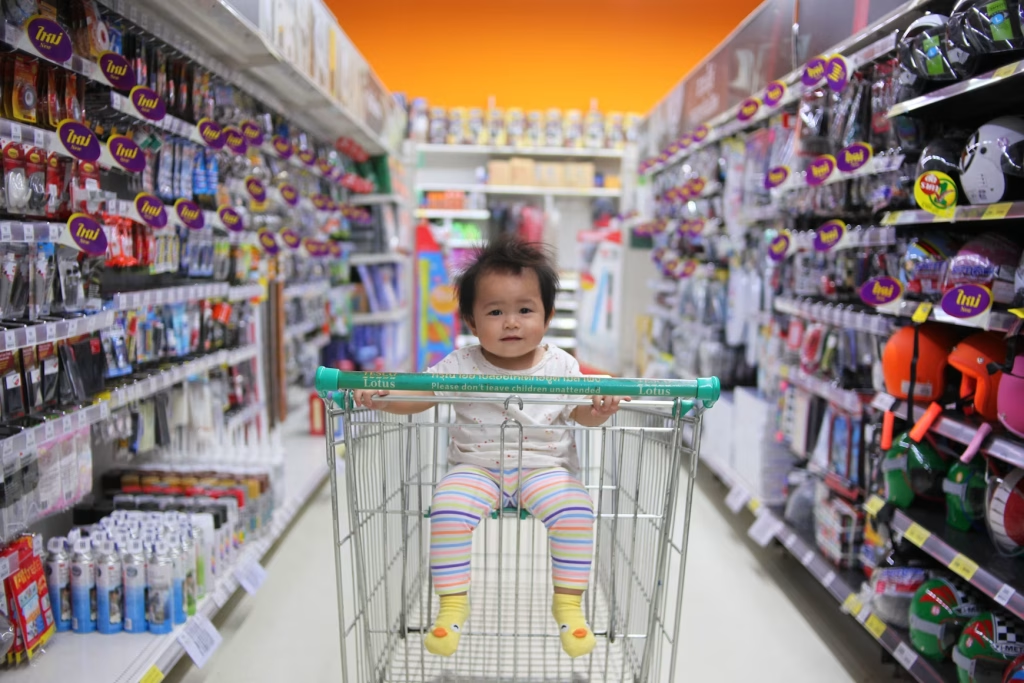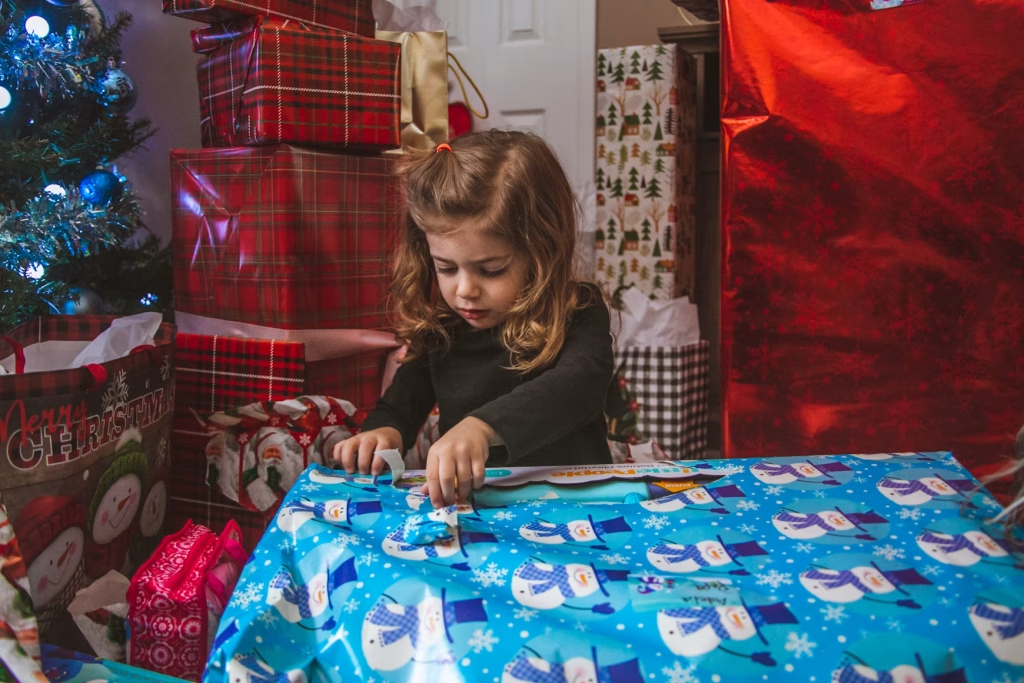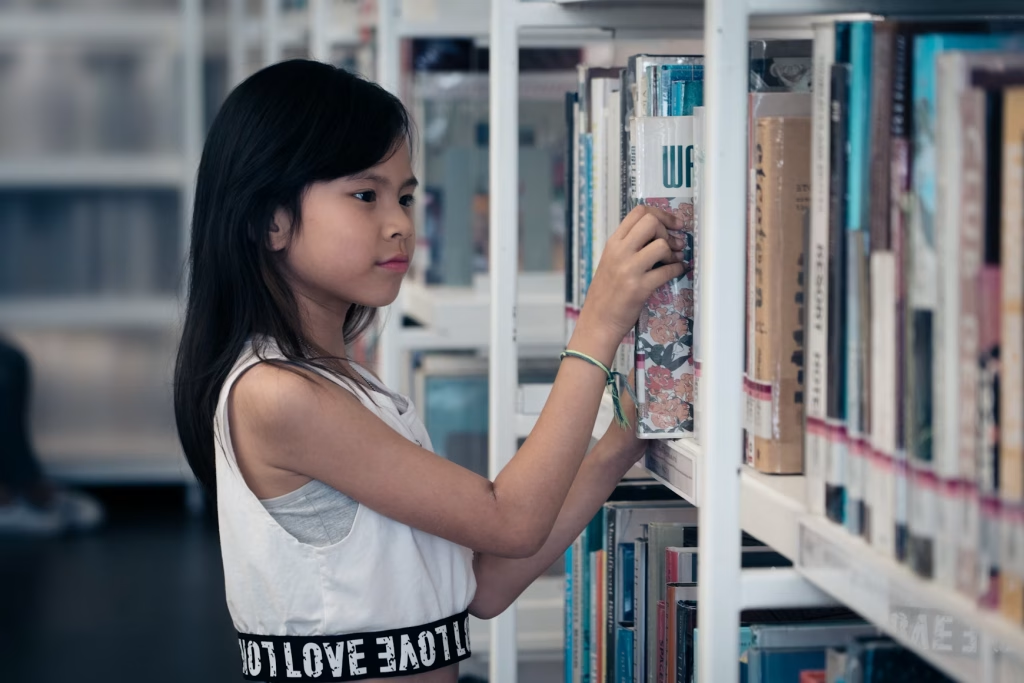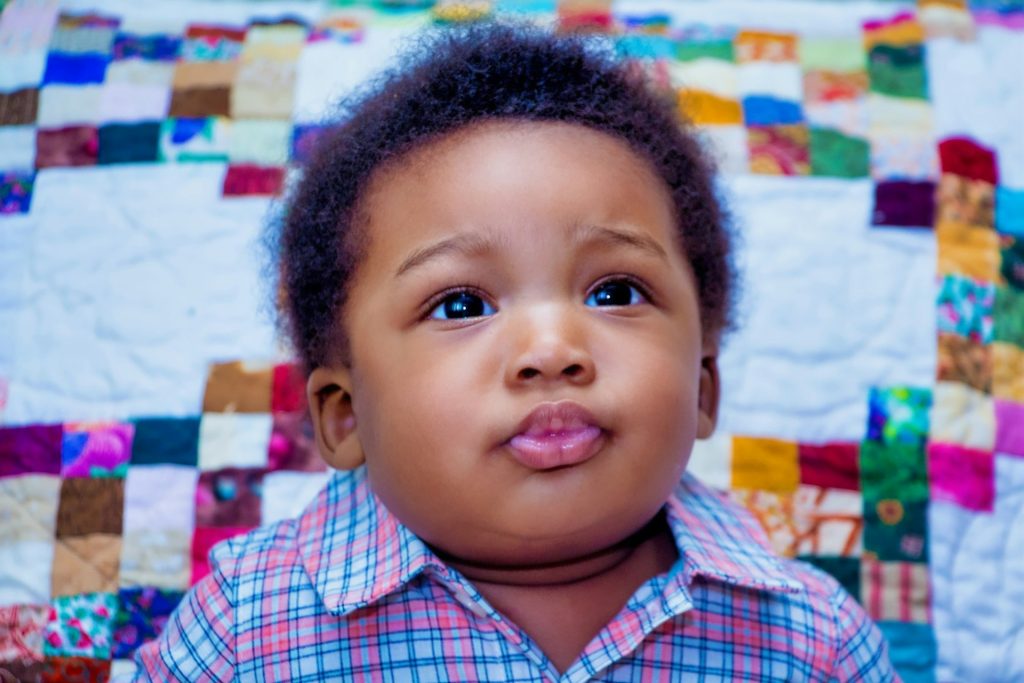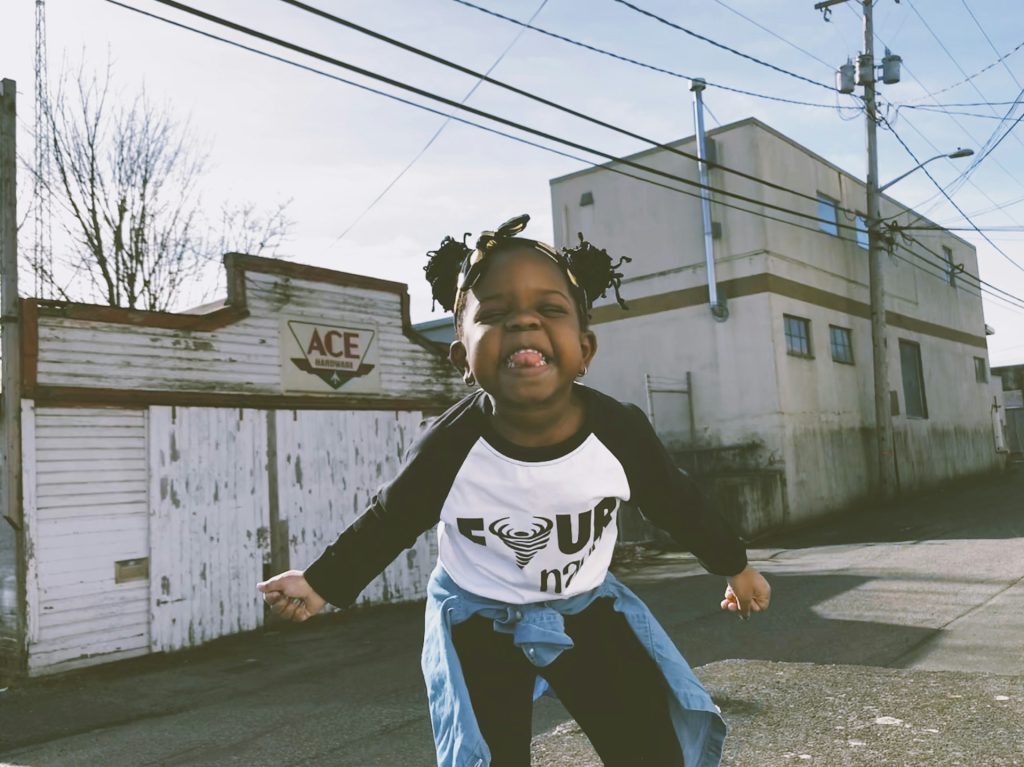
Naming a child is a momentous, heart-centered task. A carefully chosen name can echo your family’s heritage, reflect your deepest hopes, and empower your daughter long after she leaves the nursery.
If you’re searching for girl names that exemplify beauty and brilliance, the eight options below marry lyrical charm with strong, uplifting meanings. From myth-steeped classics to rare cultural gems, each name offers a thoughtful blend of elegance and intellect. They’re perfect for a little one destined to shine inside and out.
1. Brilliance
Sometimes bold simplicity says it best. Brilliance—of English origin—means “shining,” “exceptional intelligence,” and “perfection.” Though extremely rare, it holds immediate impact. It’s almost like a life mantra woven into everyday introductions. Imagine first-day-of-school roll call: your child’s name not only turns heads but also reminds her (and everyone else) of her potential. If you love modern word names yet crave deeper resonance than “Hope” or “Joy,” Brilliance is a luminous, aspirational choice.
2. Alohi
Soft as ocean breeze and radiant as a tropical sunrise, Alohi is a Hawaiian word for “brilliant” or “shining star.” Its gentle rhythm—ah-LO-hee—feels soothing to say. However, its meaning radiates confidence. Alohi connects your child to nature and Polynesian culture, conjuring images of starlit skies and vibrant island life. Parents drawn to positive energy and spiritual warmth may find Alohi the perfect balance of uniqueness, pronunciation ease, and heartfelt symbolism. Will it be the right fit for your child?
3. Athena
Athena, rooted in ancient Greek myth, embodies wisdom, strategic thinking, and unwavering courage. As the revered goddess of both intellect and warfare—and patron of the arts—Athena proves that strength and sophistication can coexist. The name’s firm first syllable gives it gravitas. Its historical depth ensures lasting relevance. Choosing Athena signals that beauty is more than appearance. It is an active, thoughtful force capable of shaping the world.
4. Arinya
Graceful and globally inspired, Arinya appears in Indian and Thai traditions. It’s often linked to the concepts of “peaceful forest,” “ethereal beauty,” and “intuitive intelligence.” Its lilting melody—ah-RIN-yah—makes it memorable yet gentle. Arinya suits families who appreciate names that honor nature, tranquility, and cross-cultural roots. Rare but not obscure, it offers your daughter a distinctive identity along with a reminder to ground intellectual pursuits in serenity and empathy. So, is your daughter an Arinya?
5. Sophia
Few names balance classic elegance and intellectual heft as seamlessly as Sophia. It’s the Greek word for “wisdom.” Across centuries and continents, Sophia has maintained its polished image without feeling dated. Parents love its soothing vowel sounds, easy nickname options (Sophie, Fia), and universal familiarity. Sophia shows that brilliance can be graceful, approachable, and timeless. These are qualities many hope their daughters will embody as they grow into strong, thoughtful women.
6. Zoe
Compact yet mighty, Zoe means “life” in ancient Greek. The name’s sharp Z opening bursts with zest. Its overall brevity keeps it modern and versatile. These three letters can deliver both sparkle and depth. Zoe evokes vitality, optimism, and resilience: essential building blocks for a childhood (and adulthood) filled with curiosity and joy.
Zoe can appear in delightful variations like Zoë, Zoé, Zoey, Zoie, Zooey, and even Zoee—each spelling giving the same vibrant name its own distinctive flair.
7. Rosie
Rosie may seem sweetly simple, but beneath its rosy-cheeked charm lies rich symbolism. Derived from the rose, it conveys beauty, love, and quiet strength—the same way a delicate bloom can withstand thorns and weather. Recent sound-symbolism studies list Rosie among the most melodious English girl names, underscoring its gentle musicality. For parents who crave a vintage-flavored choice that still feels fresh, Rosie offers warmth, authenticity, and a reminder to grow with grace. Could your daughter be a Rosie?
8. Eliana
Want a name that’s elegant and flowing? Eliana blends Hebrew and Latin roots to convey “God has answered,” “mercy,” or “light.” Pronounced eh-lee-AH-nah, it glides off the tongue and leaves a lingering sense of serenity. Eliana balances spirituality with modern style, making it a fantastic alternative to more common choices like Ariana or Elena. Its layered meaning encourages your child to view her life as both a gift and a guiding light for others. If you want a more unusual name, Eliana could be a beautiful choice.
How to Choose the Right Name for Your Brilliant Beauty
Even with a curated list, narrowing down the perfect name can feel overwhelming. Here are a few guiding questions:
- Pronunciation and Spelling: Can family members, teachers, and friends pronounce it easily? Uniqueness is wonderful, but day-to-day usability matters too.
- Cultural Connection: Does the name honor your heritage or meaningful traditions? Names often bridge generations and keep family stories alive.
- Nickname Potential: Consider whether you love common diminutives—or prefer a name that stands alone.
- Long-Term Fit: Picture the name on a preschool cubby, a university diploma, and a business card. Does it adapt to different life stages?
- Personal Resonance: Most importantly, say the name aloud often. If it brings a smile every time, you’re on the right track.

A Name That Reflects a Bright Future
Names shape first impressions, but they also evolve with the person who carries them. The girl names that exemplify beauty and brilliance above offer melodic appeal intertwined with histories of wisdom, courage, and light. Whether you gravitate toward bold originality, mythic power, cultural depth, or timeless sophistication, each option provides a meaningful foundation for your daughter’s unfolding story.
Remember: the best name is one that grows alongside your child, encouraging her confidence, compassion, and curiosity. May your naming journey be as joyful and inspiring as the bright future you envision for your little one.
What do you think of these name ideas? Love them? Not a fan? We want to hear your thoughts in the comments!




